Inventing Racial Inferiority: How American Slavery was Different
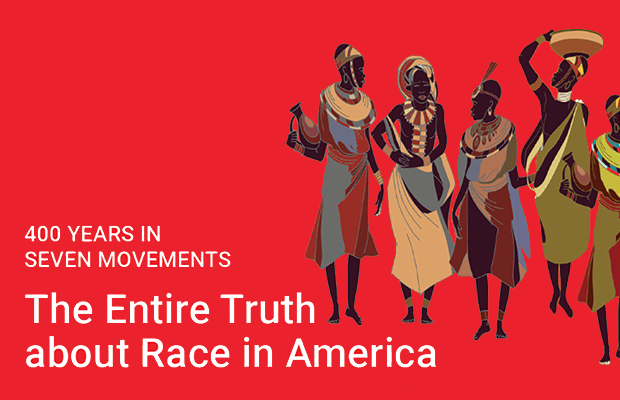
The Transformational Agenda Magazine 26th Edition
400 Years in Seven Movements
The FIRST Movement
Inventing Racial Inferiority:
How American Slavery was Different
The racialized caste system of American slavery that originated in the British colonies was unique in many respects from the forms of slavery that existed in other parts of the world. In the Spanish and Portuguese colonies, for example, slavery was a class category or form of indentured servitude — an “accident” of individual status that could befall anyone and could be overcome after a completed term of labor or assimilation into the dominant culture.
American slavery began as such a system. When the first Africans were brought to the British colonies in 1619 on a ship that docked in Jamestown, Virginia, they held the legal status of “servant.” But as the region’s economic system became increasingly dependent on forced labor, and as racial prejudice became more ingrained in the social culture, the institution of American slavery developed as a permanent, hereditary status centrally tied to race.
The Transformational Agenda Magazine 26th Edition


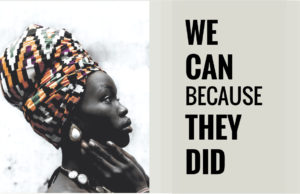
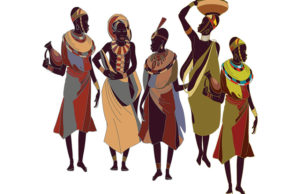
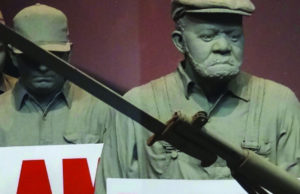
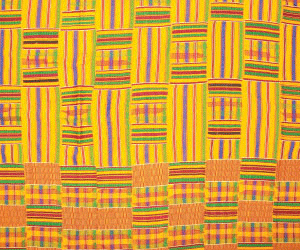
You must be logged in to post a comment Login